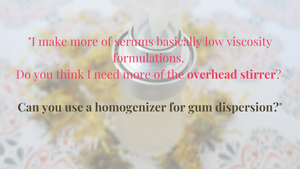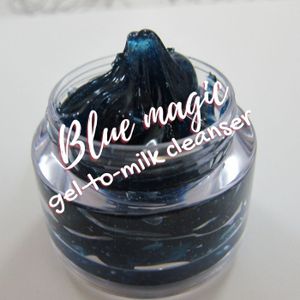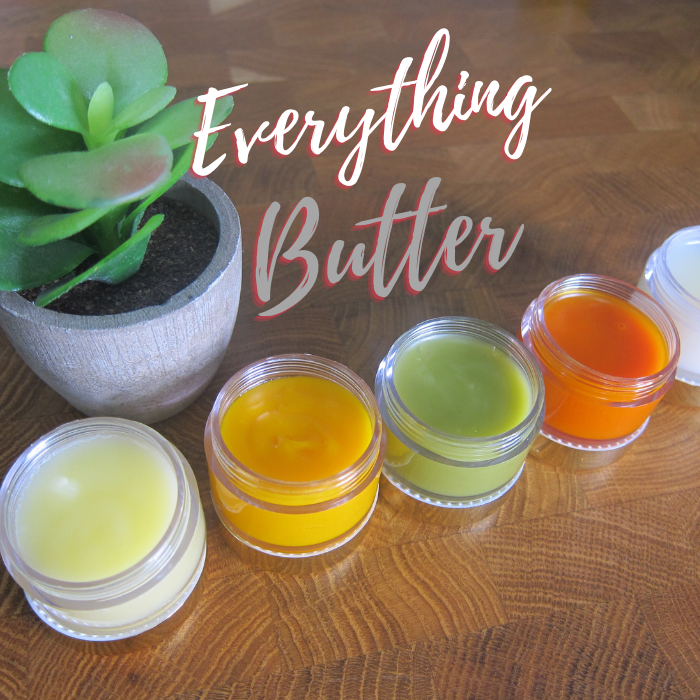
"Alles in Butter" is the highest satisfaction status for German folk. When they are happy with everything (which happens very seldom in Germany) and everything is as to their expectation, or when they are being pampered they say "everything is in butter".
In today's post and tutorial we will make your life buttery and show you how easily you can turn any oil into a nice and smooth yet thermally stable butter without the hassle of calculating the combination between oils, butters and waxes and without the risk of graininess.
In 2020 we have introduced the magic ingredient "glyceryl dibehenate" which is a "plant derived" diester of glycerin and behenic acid in a blog post:
Quarantine formulating: Impossible to fail
and in a tutorial for a whipped almond butter:
Almond butter with WOW!
This is in simple words a powder (palm oil free, derived from rapeseed oil) that is melted and then is let to set and solidify.
By blending it with plant oils you increase the viscosity and the hardness of the plant oil. Depending on the concentration used you will achieve various textures between a high viscosity oil to a hard butter.
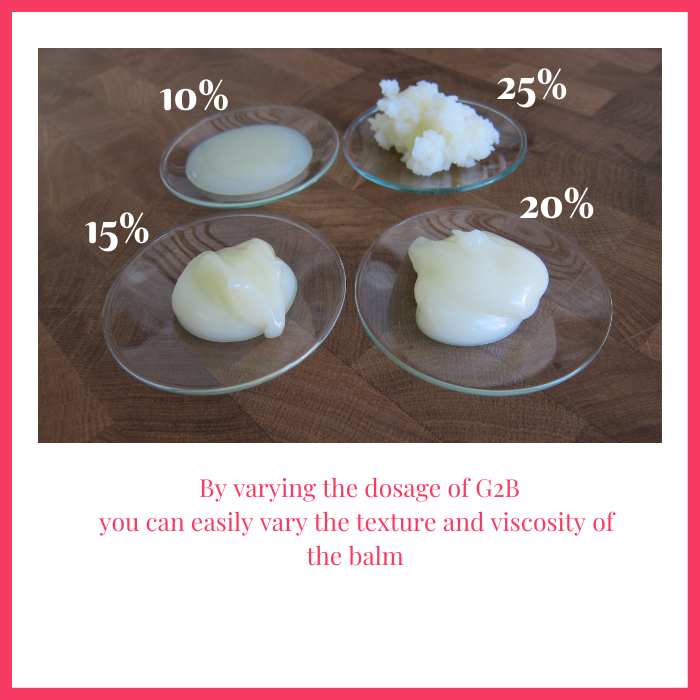
You might now think: SO WHAT?
I can create amazing butters without this ingredient. Why should I add a new ingredient to my inventory and my list of ingredients?
And I will tell you that I'm sure your butters are all amazing but conventional butters melt at higher temperatures. A few minutes exposed to a temperature between 45-50 C and the butter melts like ice cream on hot asphalt. You can increase the melting point of the butter but that will compromise the skin feel and the glide. In other words: if your butter has a nice and pleasant skin feel it will easily melt when exposed to heat. That will be quite annoying when you are located in a region with long and hot summers or when you ship your products to warm regions or even when the user puts the butter accidentally near a heating source such as the bathroom radiator or in the car which is exposed to sun.
With G2B you will create nice and smooth butters with a much higher heat resistance without compromising the skin feel.
In this short video from our IGTV we have demonstrated the superior thermal stability of a simple butter made with G2b compared to a conventional butter.
How to work with G2b
Like working with waxes and solid butters you need to melt this ingredient. Blend it with the heat resistant oils and butters and heat this phase between 75-85 C.
When this phase is completely melted start cooling under stirring and as the temperature is decreased add the heat sensitive ingredients.
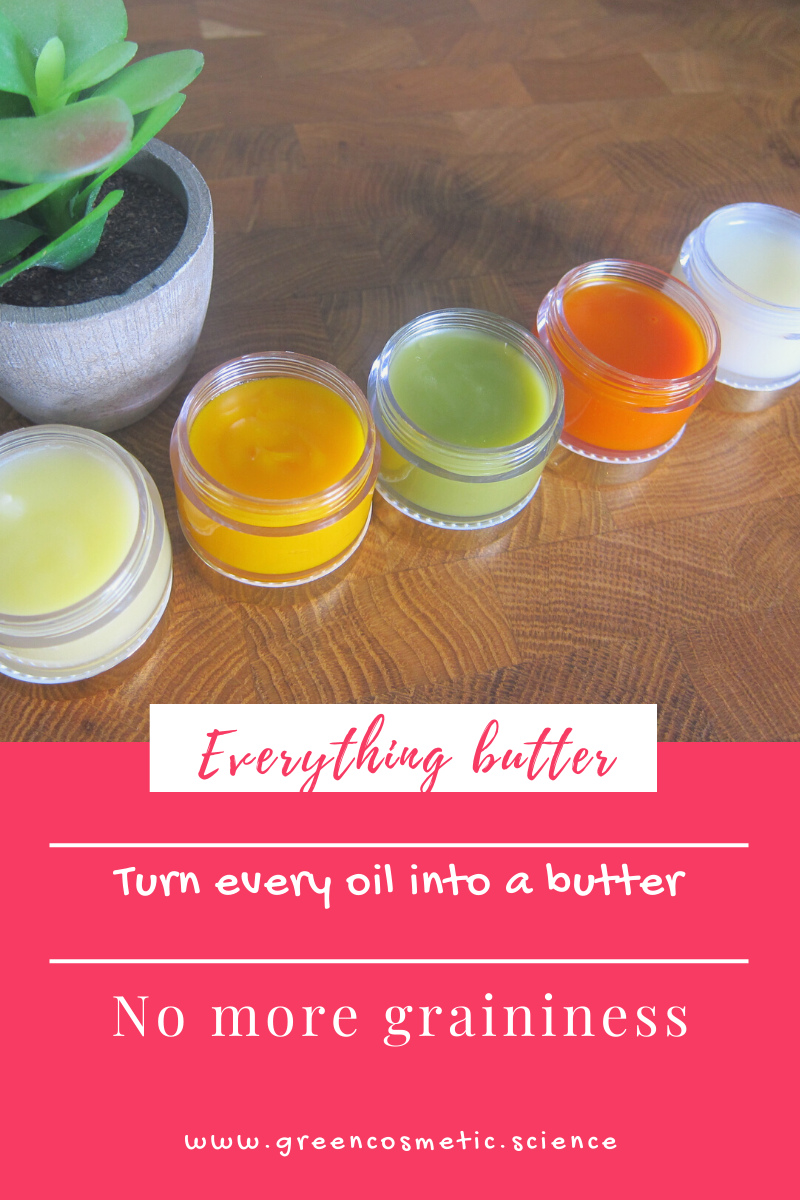
One important point:
It takes at least 24 hours for the butter to reach the final consistency and texture. Do not judge your butter immediately after it solidifies. You will find a very runny butter and may be tempted to add more G2b but wait.
Practically you can turn every single liquid oil into butter. In the title photo of this post we have used from left to right Camelina oil, ojon oil, avocado oil, buriti oil, almond oil. All of these butters are simply made by blending :
20,0% G2b+
80,0% oil
just to show you how you can create different products by varying just one component. The oil we have used here are all suitable for a hot process. If you are using heat sensitive oils and oils with a high Iodine value then you need to use that oil as an additive during the cool down phase.
| Phase A | Dosage |
|---|---|
| Glyceryl dibehenate | 20,0% |
| Phase B | |
| Ojon oil | 51,6% |
| Olive squalane | 3,0% |
| Triheptanoin | 12,0% |
| Green silicone alternative | 2,0% |
| Tocopherol | 0,3% |
| Phase C | |
| Walnut oil | 10,0% |
| Orange oil | 1,0% |
| Rosemary CO2 extract | 0,1% |
Procedure:
1- Blend phase A and B in a heat resistant beaker.
2- Heat in a water bath between 75-85 C until the G2b is completely melted
3- Start cooling down while stirring occasionally
4- At a temperature < 35 C add phase C
5- Continue cooling down and stirring.
6- Fill in suitable jars when the balm has solidified and reached RT. It might still seem very runny but at this point you can easily fill it in jars.
7- Wait for the consistency to fix for 24 hours
You can watch the video here
Stay safe and creative

